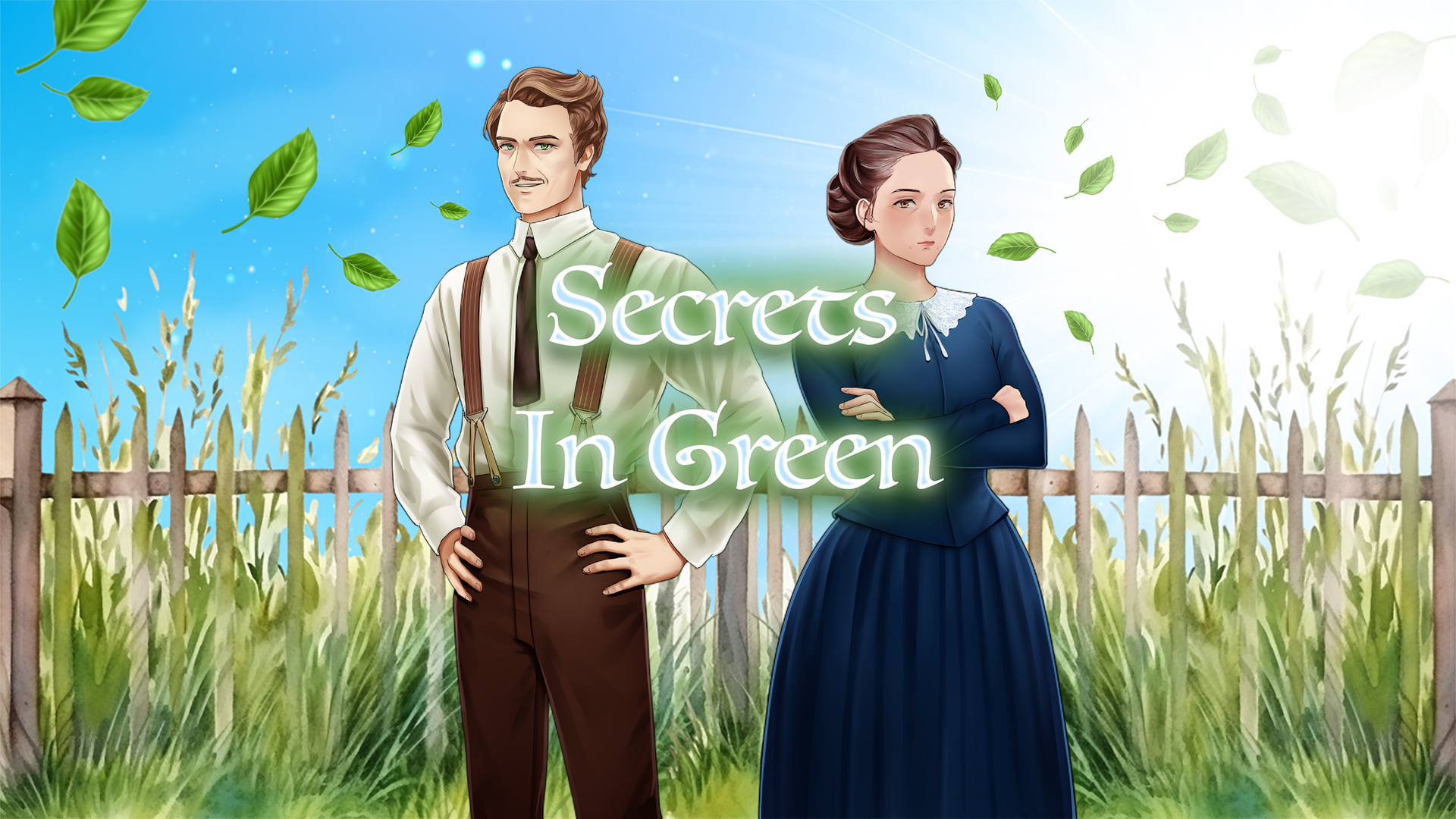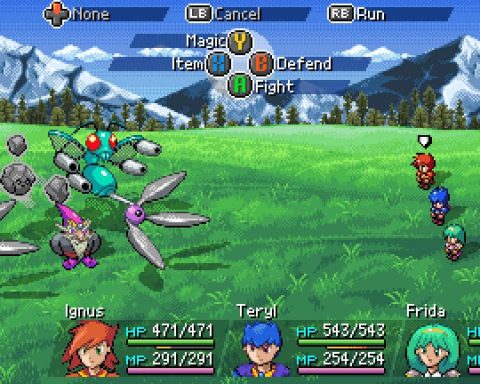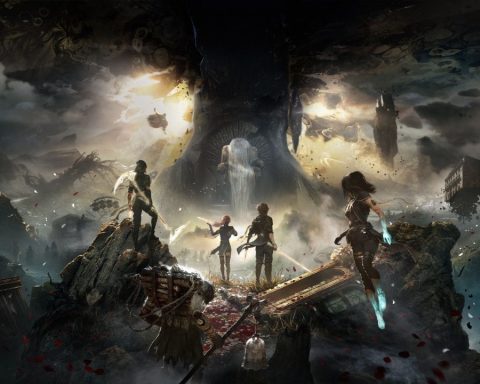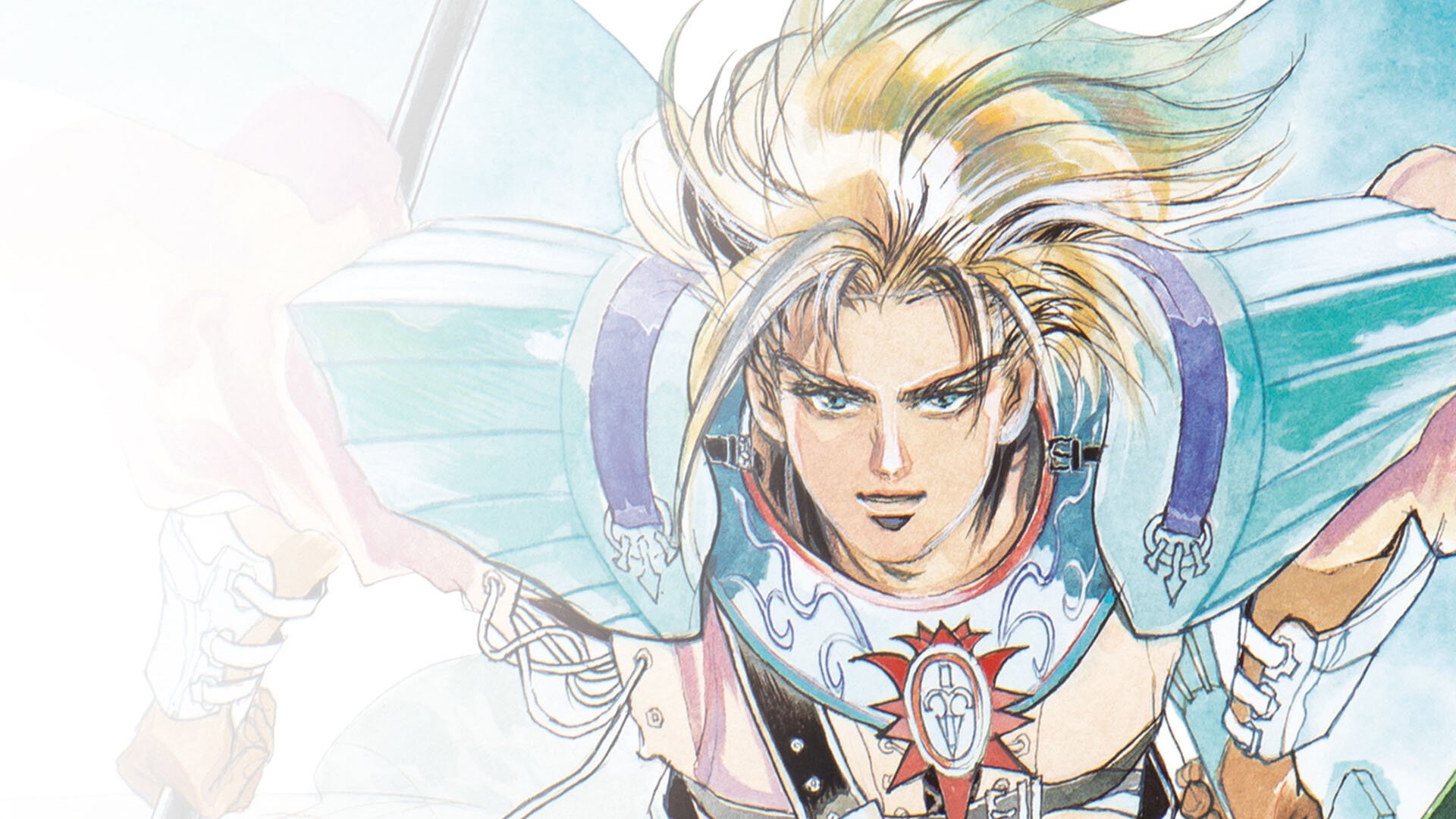Games that touch on mental illness can be difficult to both develop and play; if not done correctly, these games could do more harm than good to their players. This is a risk that Borealis and Eastasiasoft take with Secrets in Green, a game that follows a mentally ill woman who isn’t taken seriously by those taking care of her. To make things worse, she lives in Victorian England, where only males are taken seriously.
Alma’s father is the man in charge of Alma. After a somewhat public mental health episode, he ships his daughter off to their country cottage. (A cottage much larger than Alma expected, and one that I wouldn’t call a cottage at all—it’s far too large!) Alma is escorted to the property by her family’s driver (surely a man). There, she will be overseen by the stern Mrs. Miller.
Immediately after arriving at the cottage, Alma looks back on her history with mental illness (or “dreadful business,” as her father calls it). For as long as she can remember, she’s had what her father refers to as fantasies: disturbed dreams, periods of confusion, and a reality that wasn’t real at all. You know women, hysterical all the time, the lot of them! (This is sarcasm, if it isn’t obvious.)
I expected Secrets in Green to get personal for me, as I have an extensive history with mental illness dating back to my very early childhood. Alma’s early description of herself is the part that hit me hard, because it makes me contemplate how my illness(es) would have been perceived in Victorian England. Let’s be real: someone who suffers from things like severe mood swings, maladaptive daydreaming, sleep disturbances, agoraphobia, and sometimes even visual and auditory hallucinations would not do well in that circumstance. I would have been permanently locked up by the age of 13.
Alma finds peace in tending to the cottage’s garden. As she works deeper into the overgrown property, she finds some beautiful ivy growing across a fence. She looks more closely and realizes that one of the leaves has a single word written on it. “Hello.” Alma’s new struggles begin with that one small word, as she starts questioning her sanity. She decides that what she’s experiencing is real, but nobody is willing to listen to the poor, crazy lady claiming to be speaking with plants.
The truth is, she is communicating… but not with the plant, rather through the plant. Something very illegal and even more upsetting is happening nearby, and writing brief phrases back and forth on the leaves leads Alma to a startling discovery. Of course, nobody will believe her. The game has three endings. The further I progressed, the more I could feel that most endings would not go well for poor Alma.
A game can’t have multiple endings (unless random) without choices, and Secrets in Green is a straight-up visual novel with only three decisions to make. It is easy to get all three endings, because all you have to do to navigate the options is save the game when a question is asked and return to it later. While the storyline is technically branching, I hesitate to describe it as such because so few decisions go into creating those branches. If you’re good with visual novels, the gameplay should be as expected; if you’re the type to find issue with traditional visual novel-style gameplay, this isn’t the game for you.
Because Secrets in Green is a visual novel, it is mostly reading. I read quickly and don’t mind text-heavy games, and this format is good with me. I could click to complete a sentence without waiting for it to fully appear, then click again to move ahead; I didn’t miss any chunks of text by reading quickly. It includes options to return to previous scenes and skip the current one.
The backgrounds are pretty, but nothing feels evocative. I’d expect the artwork to bring more emotion to a game about mental illness. At least the characters have perfect facial expressions! There are some very… let’s say “interesting” choices made regarding screens that are just extremely pixellated video. I don’t know what the developers were going for, maybe a retro style? But it looks awful. When it comes to the music, the soundtrack got lost when I got involved in the story, and I’m torn on whether this is good or not. On the one hand, it did not take away from the game. On the other hand, it didn’t really add to it.
While the game touches on matters close to my heart, it’s not in any triggering way. Alma contemplates the subject of female mental illness in a male-dominated world throughout the game, but with few specific details available, which could make the game a problem for people with minor mental health problems. It hits close to home without ever entering the front door, if that makes sense.
The problem with this approach to the topic is that Secrets in Green is never hard-hitting on an introspective level, leading the narrative to fall flat. Everything about Alma’s journey feels glossed over. We don’t hear about any of her life in tremendous detail. She does discuss the impact her mental illness has had on her and laments about being a woman, but even then, the story remains very surface-level. I understand that questioning and processing emotions wasn’t the norm in Victorian England, but I would have loved to know far more about how Alma felt during specific incidents in the past and how they make her feel now. I truly believe this woman might have hit her breaking point before any ending, and that didn’t happen. There could be some reflection of her problems compared to the ones she sees later in the game, but instead, the focus is mostly on the worsening outside situation.
When I began this review, I stated how games touching on mental illness can be difficult to develop and play. Despite the subject, Secrets in Green is easy to play, so that’s a plus. The issue comes with its development side of things. The game does touch on mental illness, but it almost feels like the secondary narrative rather than the primary. It had so much potential thanks to its theme (women with mental illness in Victorian England), but it did little to touch on them. The classic visual novel gameplay fits well with the narrative, though I would have liked a few more choices sprinkled in. Some of the behind-the-scenes graphics choices are just plain strange to me. Unfortunately, my best one-word description of Secrets in Green is “forgettable.”
Buy the hottest games with Amazon.
By purchasing from this link, you support DDNet.
Each sale earns us a small commission.














